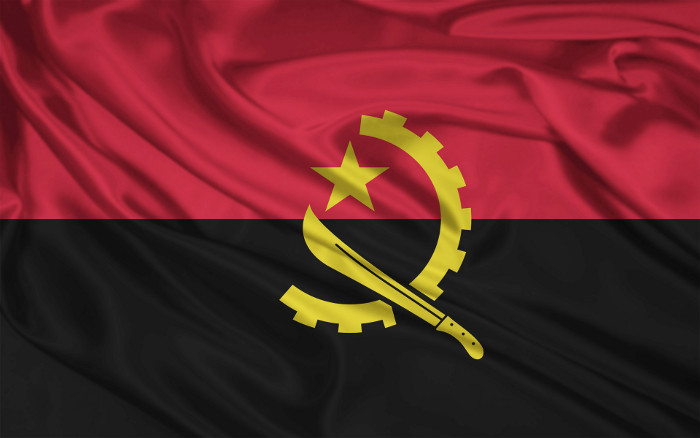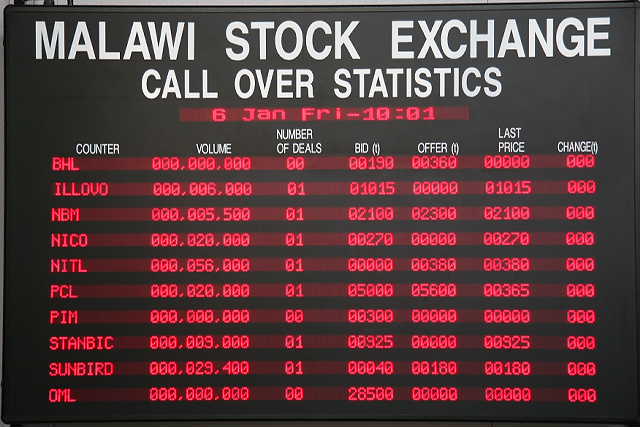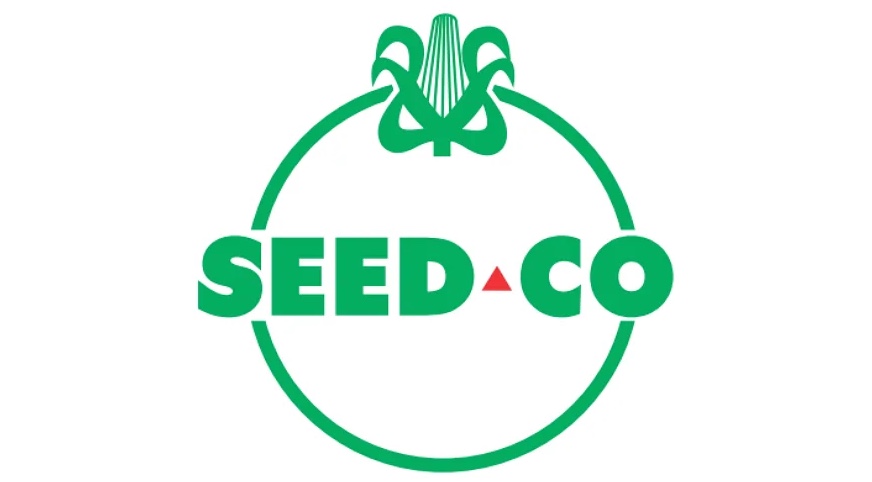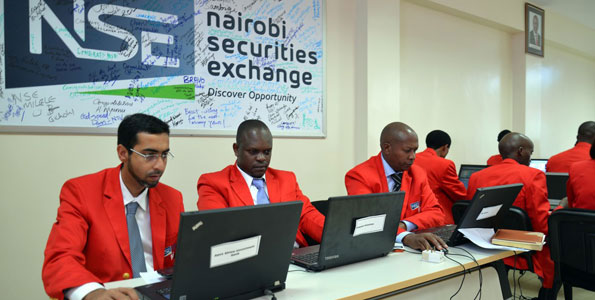
“The CPM reiterates its commitment to the objective of price stability, aiming at an annual inflation rate not exceeding 18% in 2021 and a rate close to single digits in 2022,” the central bank said, adding it would use all monetary instruments at its disposal to ensure that factors that determine prices will be consistent with the intended trajectory.
In addition to maintaining its key interest rates, the central bank decided on several measures, including allocating the balance of the commercial banks’ reserve accounts into two parts: a mandatory and a clearing account that permanently has to be in the national currency.
It also decided to introduce a rate of 0.10 percent to 0.20 percent for the custody rate depending on the size of banks’ excess liquidity, to index the interest rate for the standing lending facility to the market rate for 91-day Treasury bills, plus 0.25 percent, and index the interest rate on the liquidity absorption faculty to the custody rate on free reserves.
The range of 0.10 to 0.20 percent for the custody fee on banks’ excess liquidity should help ensure the monetary base evolves in line with its inflation objective, CPM said.
After topping 41 percent in December 2016, Angola’s inflation rate fell steadily to October 2019 but since then it has accelerated each and every month and rose to 25.1 percent in December, the highest since October 2017, and up from 16.9 percent for 2019.
BNA noted the negative impact of COVID-19 on the economy, which led to a contraction and an interruption in the disinflation process that began in 2018, and took note of the impact of the policy measures taken to provide enough liquidity to ensure the economy continued to function.
The has led to a 17.21 percent boost in M2 monetary supply in 2020, a 4.53 percent rise in the monetary base and a decline in the Luibor overnight interest rate to 9.75 percent by December from 22.48 percent at the end of 2019.
BNA’s reform of Angola’s foreign exchange market – part of Governor Jose Massano’s major overhaul of the central bank after he took over in October 2017 – was having positive effects, with the coverage of imports of goods and services from international reserves declining to 9.3 months from 12.2 months, a balance of payments surplus that reflects the role played by the exchange rate in absorbing the shock of a 41 percent drop in export earnings, a narrower difference between rates in the formal and informal foreign exchange markets, and the elimination of the artificial overvaluation of the kwanza in relation to its main trading partners.
After falling steadily since January 2018, the kwanza has steadied since December last year and was trading around 655 to the U.S. dollar today, largely unchanged this year but down 26 percent since the start of 2020.










Comments